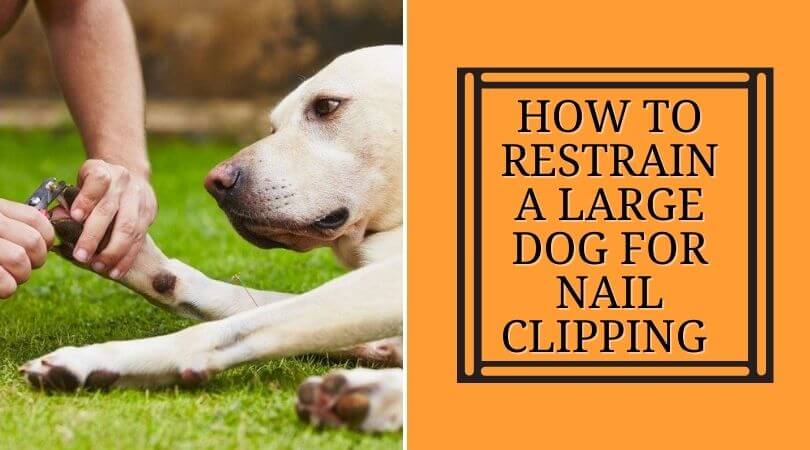In the world of genetics, DNA extraction from various sources is an essential component of research. When it comes to human subjects, common sources of DNA extraction include blood, saliva, and hair. However, recent advancements in the field of genetics have made it possible to extract DNA from unlikely sources—such as nail clippings.

Yes, you read that right—nail clippings are now a viable source of DNA extraction for certain types of research. But how is this possible, and what does it mean for the future of genetic research?
First, let's discuss the science behind DNA extraction from nail clippings. Like hair, nails are made up of keratin—a tough protein that also happens to contain DNA. When nails are clipped, this DNA is released and can be retrieved using a special collection kit. This kit typically includes a small brush, which is used to collect the clipped nail fragments, and a buffer solution that helps to isolate and preserve the DNA.
Once the DNA is extracted from the nail clippings, it can be analyzed in the same way as DNA from other sources. This includes PCR (polymerase chain reaction) testing, which amplifies specific sections of the DNA for more detailed analysis. The resulting data can provide valuable insights into an individual's genetic makeup, including information about their risk for certain diseases, ancestry, and even aspects of their personality.
So, what are the potential applications of DNA extraction from nail clippings? One area of research where this technique is particularly useful is in forensic investigations. Nail clippings can be especially helpful in cases where traditional sources of DNA (such as blood or saliva) are unavailable or degraded. For example, if a suspect leaves behind a small piece of nail during a crime, this can be collected and analyzed to determine if they were present at the scene.
DNA extraction from nail clippings also has applications in medical research. Researchers can use this technique to study the genetic factors that contribute to certain conditions, such as nail disorders or skin cancer. It can also be used to develop personalized treatments for patients, based on their individual genetic makeup.
Of course, there are some limitations to DNA extraction from nail clippings. For example, the amount of DNA present in nail fragments may be lower than in other sources, which can make analysis more challenging. Additionally, some types of analysis may not be possible with nail clippings, depending on the research question.
Despite these limitations, DNA extraction from nail clippings represents an exciting new avenue of research for geneticists and forensic scientists alike. As technology continues to advance, it's likely that we'll discover even more unexpected sources of DNA that can be used in research. Who knows—maybe someday we'll be able to extract DNA from something like dental floss or earwax!
In the meantime, though, nail clippings offer a fascinating glimpse into the power of genetics and the ways in which we can use this knowledge to advance science and medicine. So the next time you clip your nails, remember that you're not just getting rid of pesky nail growth—you're also potentially contributing to the cutting edge of genetic research.
Keywords: DNA Extraction from Nail Clippings, Genetics, Research, PCR Testing, Forensic Investigations, Medical Research, Personalized Treatments, Ancestry, Disease Risk, Nail Disorders, Skin Cancer.
Sources:
https://www.sciencedirect.com/science/article/pii/S1350751013006032
https://www.ncbi.nlm.nih.gov/pmc/articles/PMC4947036/